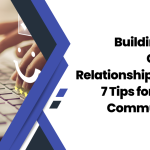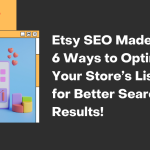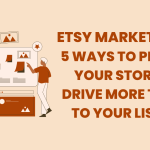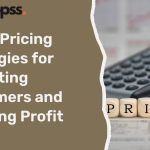If you’re planning to start an online store, finding the perfect niche is critical to your success. With so many options out there, it can be overwhelming to choose the right one. However, with the right tips and strategies, you can identify a profitable and sustainable niche for your ecommerce business. Here are 10 tips for finding the perfect niche for your online store:
1. Look for gaps in the market
Start by identifying gaps in the market. What products or services are missing that people are looking for? Look for opportunities where you can fill the void and provide value to customers.
2. Identify your interests and passions
Consider your interests and passions when choosing a niche. This can help you stay motivated and invested in your business. You’ll be more likely to succeed if you’re passionate about what you’re selling.
3. Research your competition
Research your competitors to see what niches they are targeting. Look for ways you can differentiate yourself and provide unique value to customers.
4. Analyze trends and demands
Stay up-to-date with current trends and demands in the market. Analyze what people are searching for and what products are popular. This can help you identify potential niches that are in high demand.
5. Consider your target audience
Think about your target audience when choosing a niche. Who are they and what are their needs and interests? Choose a niche that appeals to your target audience and provides them with value.
6. Check the profitability
Ensure that your niche is profitable. Do some research on pricing, profit margins, and competition to ensure that you can make a profit from your business.
7. Test your ideas
Test your niche ideas by conducting market research and surveys. This can help you identify potential customers and gauge their interest in your products or services.
8. Focus on customer pain points
Identify customer pain points and provide solutions to their problems. This can help you create a loyal customer base and differentiate yourself from your competitors.
9. Consider the scalability
Consider the scalability of your niche. Will it allow you to grow your business and expand your product or service offerings in the future?
10. Stay flexible and open-minded
Finally, stay flexible and open-minded. Your niche may evolve over time as you learn more about your customers and the market. Be open to making changes and adjustments to your niche to ensure your continued success.
In conclusion, finding the perfect niche for your online store is crucial to your success. By following these 10 tips, you can identify a profitable and sustainable niche for your ecommerce business. Remember to stay flexible, keep an eye on the market, and focus on providing value to your customers. Good luck!


























